The maiden project of Teotl Studios, The Ball is a first person puzzle game along the same lines as Portal. Rather than teleporting yourself around a laboratory, however, The Ball has you rolling the titular sphere through ancient Mayan ruins that have been lost in vast underground caves. After stumbling upon said device, you soon find yourself stuck in a hostile environment riddled with traps. As you progress, it soon becomes apparent that just because these ruins are old, does not mean that they are uninhabited...
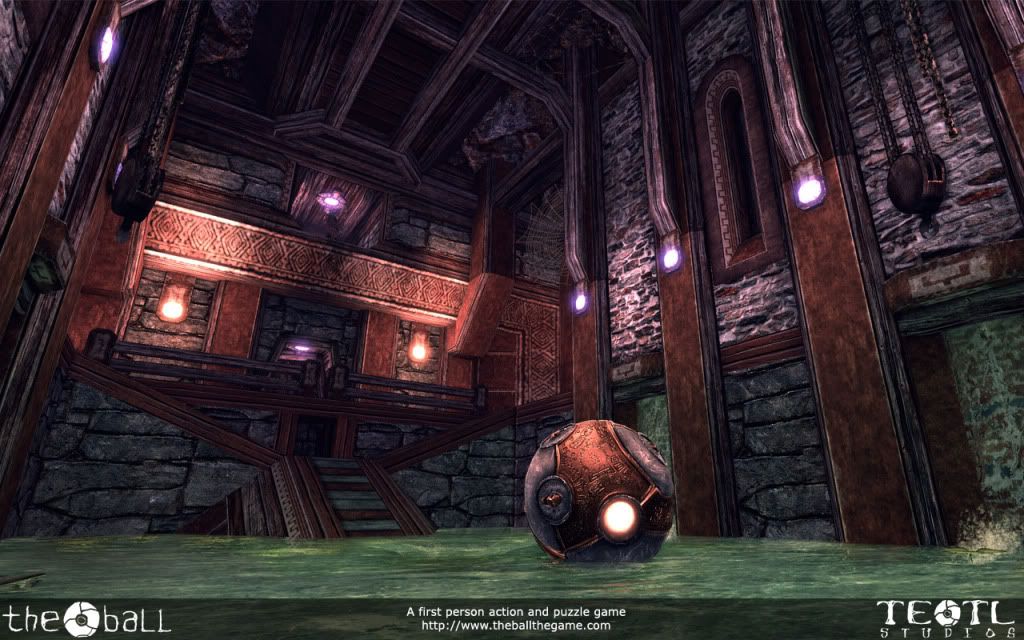
Let me start by saying that I like this game. I wanted to get that out of the way so that I don't give off the wrong impression as I criticize the plot. It's not that bad, but there is way too much to make fun of and I can't pass up the opportunity.
You play as a faceless, mostly-silent protagonist who is never given a name, but I like to call him "Dumbass McIdiot." The game begins with you as part of an archaelogical dig somewhere in Mexico, or possibly South America. A minor accident causes you to fall down a hole, at which point every person involved proceeds to do exactly what you should never do if you happen to fall down a hole.
Your friend, who we'll call "Herpy-Derpy-Doo," yells down, showing very little concern for your health and simply informs you that the accident also broke the crane they were digging with. This means you're now stuck because, you know, fuck rope. So rather than staying put, (where you would be able to maintain contact, avoid further injury, possibly have access to supplies from above, and in general keep from getting lost,) Herpy-Derpy-Doo encourages you to go explore the cave.
Walking around, you stumble across an old ruin and head inside, where you find a werid gun-like mechanical tool, which is equipped with a powerful hammer device and a magic skull-shaped jewel. Further proving that he deserves a MENSA membership, McIdiot does what any archaeologist would do upon discovering an ancient priceless artifact with magical powers: he starts screwing around with it.
It soon becomes apparent that this device is used for controlling a huge metal boulder - the titular Ball. Unfortunately, all that dicking around also causes you to seal yourself in the ruin. You then do the only logical thing possible. No, not staying put and waiting for help. Entering the world of The Ball!
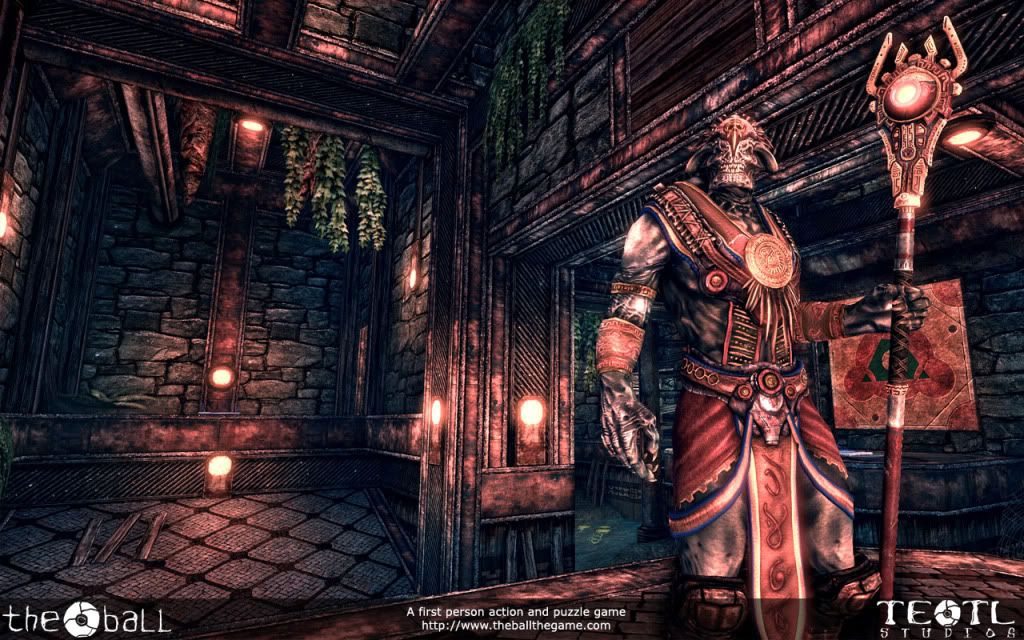
That's all the first five-to-ten minutes of the game, at which point everything about the real world is left behind. The backstory of the actual setting, the history of the ruins, the existence of their residents, the purpose of the ball, and what exactly is going on, is told through sporatic narrative cutscenes and journal-like articles placed at different parts in the game.
The plot has something to do with a cross between some obscure ancient real-life mythology and Nibiru conspiracy theories, something along the lines of what those crackpots on that one History Channel show would come up with. The story is shown through first person flashbacks of former human residents, that are kind of disjointed and frankly, uninteresting. I got just enough out of it to get the gist of what was going on, but the plot never really got me interested.
The presentation, on the whole, is adequate. It's never bad, per se, but it's not always good, either. Sound wise, it's pretty unremarkable. I was able to play it on my laptop at the living room table with the sound all the way up, and the people watching TV ten feet away from me barely noticed it. It's not a volume issue, it's just that there isn't much sound there to begin with. Music is negligible and sound effects are just standard.
The quality of the graphics is good, disregarding the design. It's maybe a little too good, as even on the lowest graphic settings, I had a fairly consistent framerate issue. It only rarely got bad enough to effect gameplay, but it just as often went completely away. I guess I can't fault the game for being too high tech. Still, this is a two-year-old game and runs choppier on my mid-level laptop than some games that have come out in the last six months, so you might want to keep that in mind.
Going beyond the polygons and looking at the actual design, it can be hit or miss. There is a lot of brown and gray. Unlike most modern games, it's actually justified in this one, seeing as how it takes place in underground caves and in stone structures. The developers tried to put some variation, by changing settings from underground mines to volcanic pits, to green streams, industrial towers, and golden cities. It helps to keep visuals from getting too stale, for the most part, but it never really breaks out of those earthy tones.
Another minor nitpick is that the layout of some of the areas doesn't make sense. What I mean is, in-game, many of the areas are supposed to be remnants of ancient buildings. Religious temples, aqueducts, city streets, etc. With that in mind, only rarely do the places actually resemble what they are supposed to be. Late in the game, you find yourself in what is essentially supposed to be town square. So in that case, why are spike pits and a freaking rail gun just lying around?
I know this is common in video games for dungeons to be like this. Still, at least the dungeons in Zelda actually look like they could serve a purpose beyond just being a roadblock for Link. Everything in the Ball, however, is so obviously designed as a puzzle that it doesn't make sense from a story perspective. Then again, like I said, videogames.
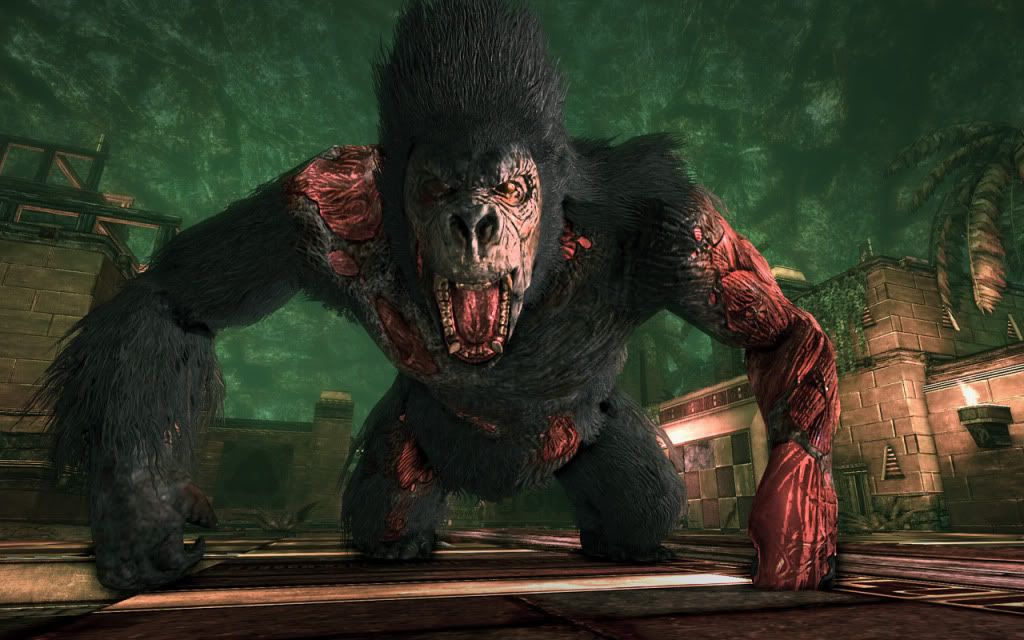
With the superficial stuff out of the way, how does the game actually play? Simply and enjoyably, that's how. The Ball is easily at its best when solving the puzzles. Going through the ruins is simple. You have your hammer-gun thingy which you can use to either attract the ball to you or push it away. Think of it like Half-Life 2's gravity gun used in conjunction with Portal's edgeless safety cube. You'll use the ball to jump gaps, tug stones, break walls, trigger switches, block traps, light fire, etc.
Looking at the puzzles, it does what most good games in the genre do. It takes a a simple gimmick, spins it a thousand different ways to squeeze out all of its potential, and make sure that its been used as much as it can be before introducing any extra gimmicks at the end. In this regard, The Ball works pretty well.
Most of the early tasks are simple and obvious, but also intuitive. One of the best uses of the ball is to have it in an otherwise unreachable area, forcing you to steer it from afar to hit switches while trying to deal with tasks on your side of the barrier as well. These are some of the best sections of the game, as they are complex and require the most thinking and control. On top of that, they can be pretty nerve racking, since the ball is often your only means of defense against enemies and being without it leaves you vulnerable.
Late game puzzles also introduce the idea of powering up your ball temporarily, such as charging it with electricity and giving it gravity powers to alter your jumps.
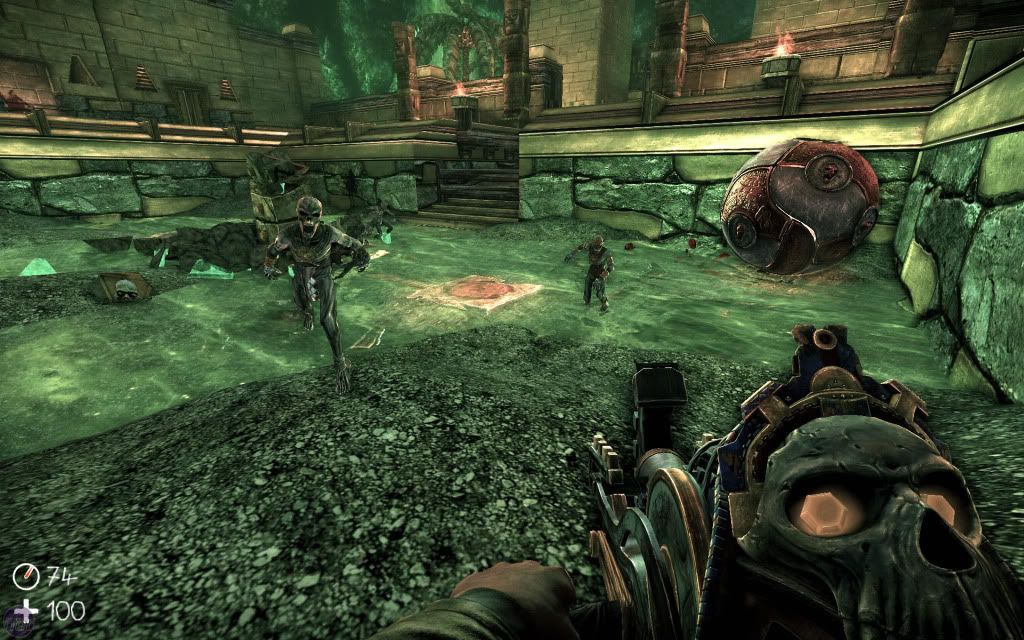
On that subject, there is combat in this game as well. It's more direct than Portal. Rather than outsmarting stationary turrets, you actually need to engage hostile enemies in close-quarter fights. In the first half of the game, all of the fights are done by using the ball to crush mummies. That's about it, at least in the first half. I've seen other reviews criticize the combat for being clunky, since the ball physics aren't optimal for mowing down enemies.
I, however, didn't have a problem with it. Fights are rarely long and there is a decent amount of time between them. In the first half, combat is used just to break up the monotony and spice things up a little, while adding just a hint of tension to keep you on your toes. You never know when a mummy might pop up to smack you, or when a wizard mummy might be hiding on a ledge to launch a fireball. Rolling your friendly boulder at them isn't exactly accurate or efficient, but mummiess are a few six-packs short of a crayon shed anyway, so it evens out. Besides that, there is something carnally satisfying about seeing them splatter.
Things get turned up a bit in the second half. Enemies become more diverse, more difficult, and more common. There are a handful of set-piece bosses that are actually puzzles in themselves, forcing you to use the environment to defeat them.
One particular type of enemy is especially powerful. When you fight the frist one late in the game, you'd be forgiven for thinking it was a one-time boss. Turns out, that's just it's introduction, as it replaces the mummies as the primary enemy for the final stretch of the game. Fighting these bastards requires quick reflexes and clever use of the environment. Fortunately, each one takes place in a completely different setting, making every fight unique and making giving the endgame some really cool moments.
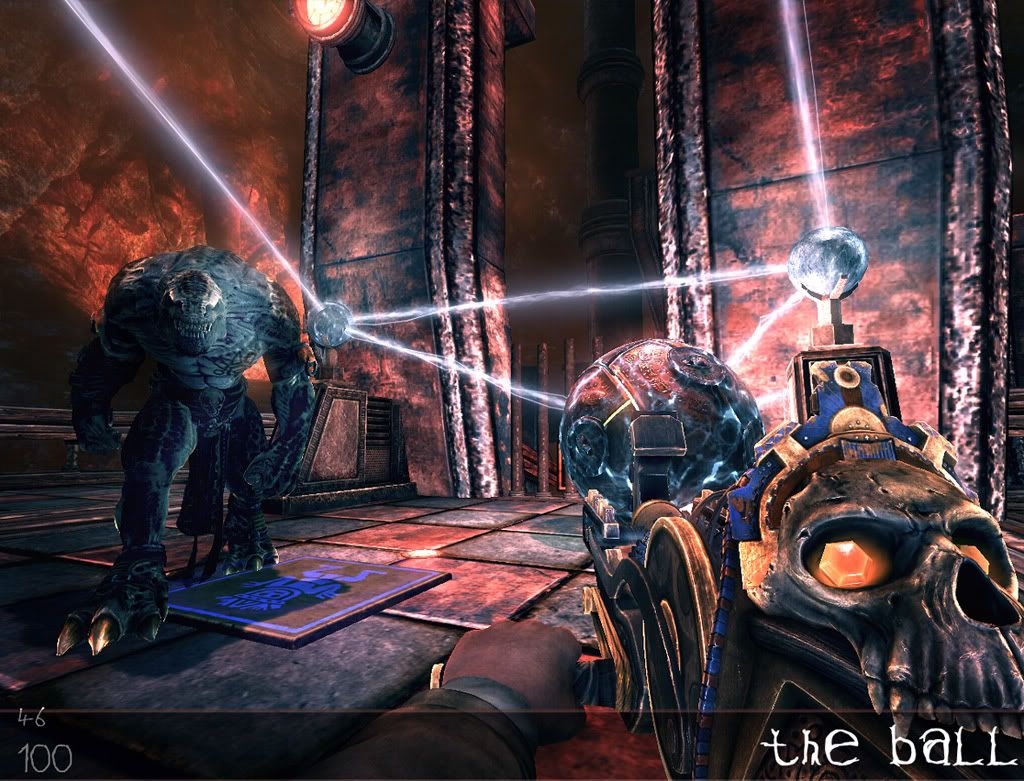
Although these are fun, one thing the game is short on are the "eureka!" moments from other puzzle games, like Portal. To put it bluntly, The Ball is pretty easy, at least from the puzzle standpoint. The vast majority of puzzles are consist of hitting a switch or series of switches to open a door. The question is, how to get the ball (or yourself) to the proper switch. There is never more than one solution, and that solution will use whatever elements are in the room you're in. Sometimes, puzzles will be so obvious that it almost feels like you're being guided to do a task rather than solving anything yourself.
On top of that, The Ball features an in-game hint system that you can use pretty much whenever. By hint, I don't mean vague clues. We're talking literal step-by-step instructions on how to complete the room you're currently in. I did use it a few times, and bafflingly, it isn't as helpful as you would think. It seems to be location based, meaning it gives you the answers to the puzzle in your current room. If you happen to solve that puzzle but aren't sure where to go next, or if a puzzle has multiple parts, the hint system just keeps giving you the same instructions for what you've already done.
On top of that, sometimes the hints are are too vague, leading to some "Thank you captain obvious" moments. At one point, there is a hallway that is blocked by columns. You need to hammer switches that are on the columns to raise and lower them in the right order until you can squeeze through. I messed with them for several minutes until I gave up and pushed the hint button, only to get the message, "Hit the switches in the right order to lower the pillars." No shit, Sherlock.
This isn't to say that all of the puzzles are easy. Some can be challenging. The ones that are, though, are likely to be so for some other reason than because you can't figure out the solution. If a puzzle gives you trouble, it will be because you have to solve it while dodging enemies, or it is timed, or requires precision platforming over a lake of spikes. (One puzzle about two-thirds through the game requires the latter two, and it was one of the most frustrating video game levels in recent memory.)
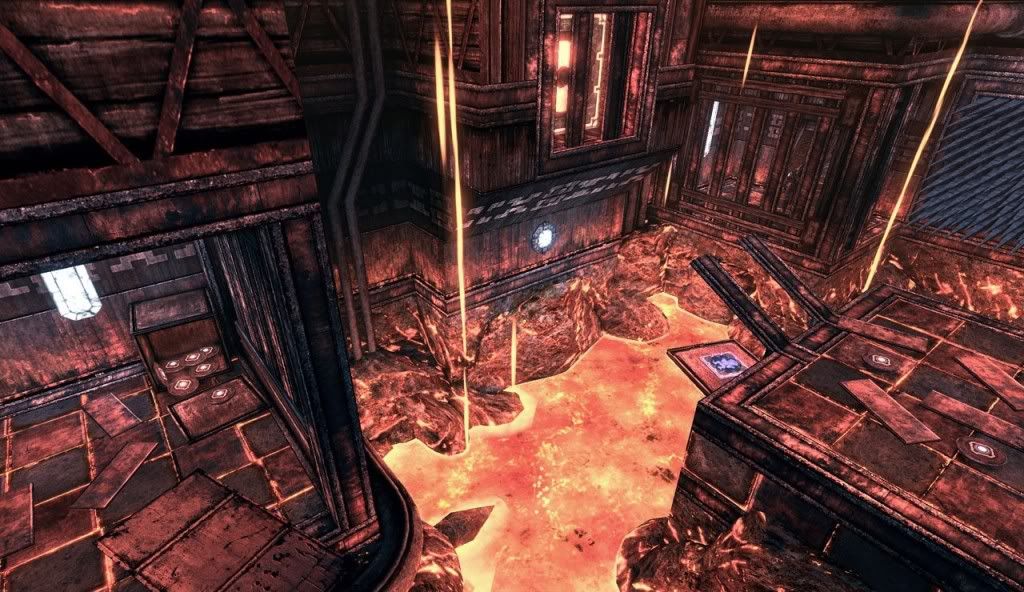
For most people, the campaign clocks in at around six hours. It took me closer to nine. When you're done with that, there are also some challenge maps to try your hand at. There are currently six of these, with five being combat-based. Basically, you're dropped into a small map, each with a different gimmick or theme, and put up against nine waves of enemies with the task to kill them all and survive.
It's pretty basic, but it is fun, at least in my opinion. Like I said, being combat based, it depends on how you feel about the fighting. Since many other reviewers didn't like it, they mostly saw the bonus levels as inconsequential. Personally, I had a lot of fun with them, and have sunk a couple hours into those alone.
They are pretty basic. You roll the ball around a small area and fight the same small enemies from in the game. There are traps in each level that you can activate to help kill enemies, usually with a certain theme. It's just as fun to watch mummies become fodder to saw blades are see giant bugs burning in a pit of fire as it is to steam roll them yourself. There isn't a ton of depth here, mind you. It's not going to replace Killing Floor as my go-to monster masher game, but I'll probably put a couple more hours into the survival matches before I uninstall The Ball and move on to something else.
The other challenge map is a very long Portal tie-in that came about during the potato sack. This was a shock to see it, but a pleasant one. I could almost give this section a review all its own. These levels blend the games together, essentially putting you through Aperture test chambers (complete with a GLaDOS) using the ball instead of the portal gun.
First of all, the aethetic is great, switching back and forth between the stark, sterile test chambers and weaving them with underground caverns from The Ball in the same way the Portal games have you moving between the test chambers and behind-the-scenes machinery. The style of puzzles stick closer to the Portal format as well, and are a lot more intellectually challenging than the puzzles in The Ball's main campaign.
When it comes to merging two different games together, this is about as good as it gets. You could almost release this as DLC for Portal and it wouldn't be out of place at all. The only complaint I have is that since challenges take place in an Aperture lab, there is a heavy emphasis on cubes. The Ball does not have a "pick up" button. Moving any object is done by hammering it the same way you would push the ball, making something as simple as putting a cube on a button a chore since placing it essentially turns you into a walking pinball bumper.
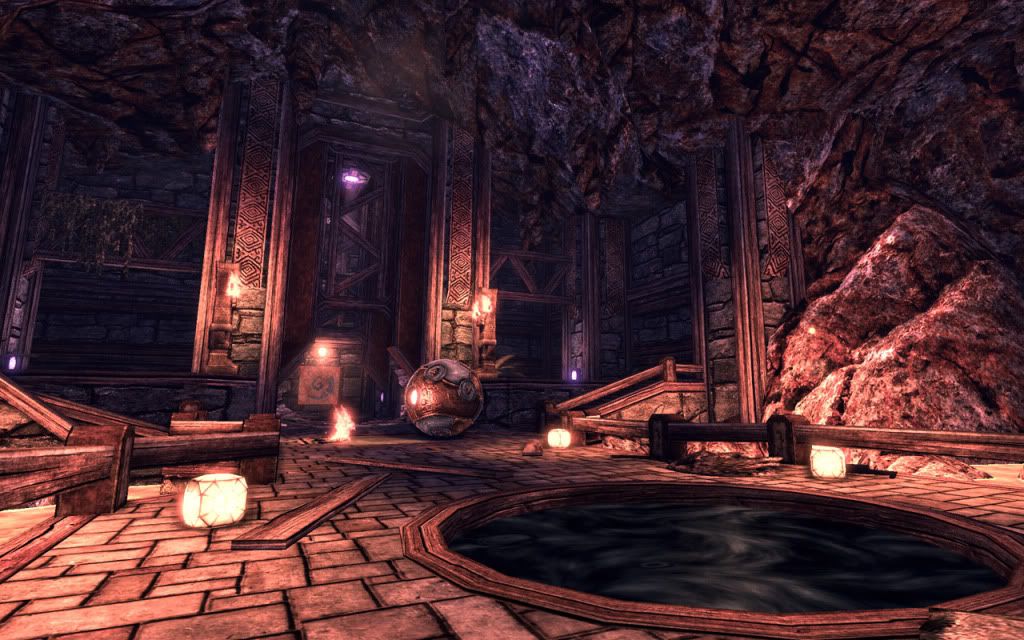
I also had a couple miscellaneous complaints. Sorry to keep going on and on. I'm almost done, I promise.
In addition to the framerate problem, I had a minor technical issue that bugged me all the way through. For some reason, I kept getting snagged on the wall. I would be going along and brush into a rock or something and get stuck while my character just stuttered the jumping sound effect. Most of the time I was able to dislodge myself by mashing buttons, but on one occasion I had to quit to the main menu and go back in. Since I got stuck at the end portion of a particularly length puzzle, I was not a happy camper.
The checkpoint system also seems kind of wonky and inconsistent. Checkpoint placement can be sporatic. Sometimes you will get one after every area for the first half of a level, then not see another one until almost the end. On top of that, actually respawning is weird. Sometimes everything will be exactly the way you left it when you respawned. Other times you will respawn several rooms back, but all the puzzles will be solved already, and sometimes everything completely resets. If you happen to die, you never quite know what state the puzzles will be in when you respawn.
There are some secret collectibles in the game to find, in the form of idols tucked away in hard-t-reach rooms. When you find one, you get a journal-like text that tries to give some backstory to the game. Since the plot never really makes you care, and the levels are laid out in such a way that exploring can be intimidating for fear of getting lost, so there isn't much motivation to scour for them unless you want the achievements. I would grab them if I happened to find them, but in general, there wasn't much motivation to seek them out.
Speaking of achievements, I don't know if you care, but the developers made most of the achievements in the game something to work for. The story related ones aren't bad. A few, though, were obviously built with the challenge maps in mind (crush fifteen enemies with one roll of the ball.) Some, however, are just ridiculous. You get one of them by hitting the ball 5,000 times. After a complete playthrough of the campaign and a few hours on survival maps, I amassed just over 1,600. At this rate, I would have to play the entire campaign at least two more times before I go that far. I know achievements should be something to work for, but dude!
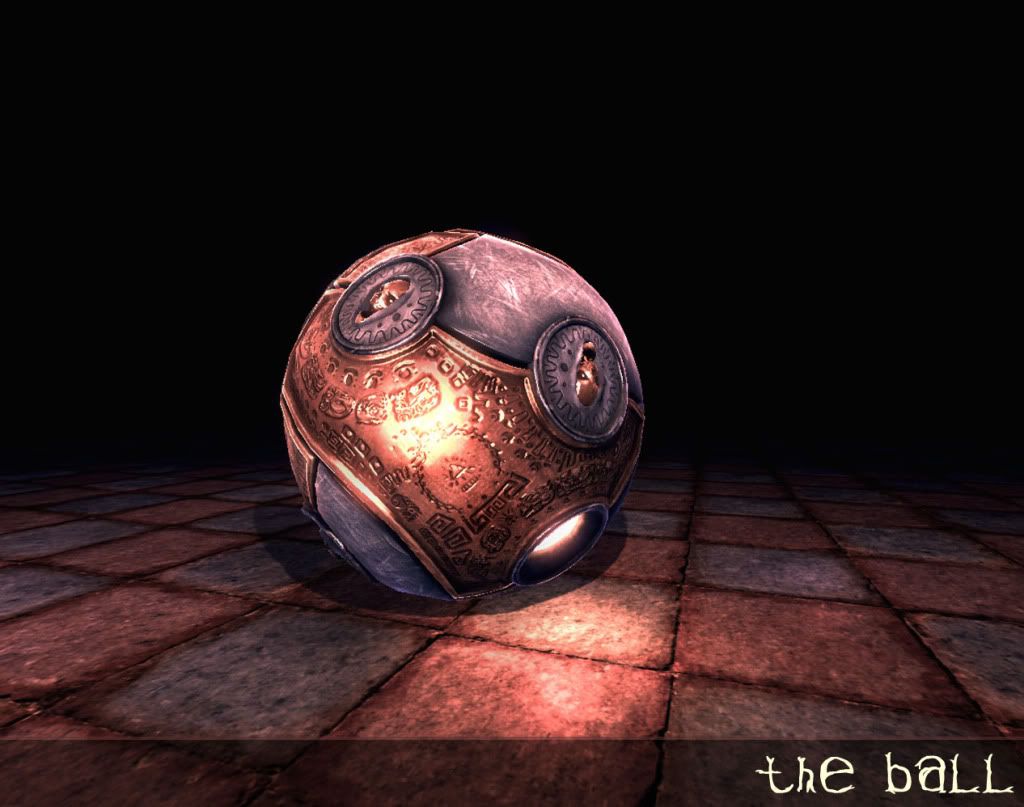
The typical price for The Ball is about twenty bucks. Did I get twenty bucks worth of enjoyment out of it? Well, maybe. If quality dicatated price, it would come down a couple dollars. I had fun with The Ball overall, and I doubt I would be the only one to do so.
Despite its lackluster (and almost laughable) storyline and some occasional technical hiccups, The Ball is a good game. It is easy, yet still fun and satisfying. It certainly won't dethrone Portal as the king of the genre, and it might not impress the most hardcore of players, but if you want a unique first-person puzzle game, The Ball is worth checking out, especially while Steam has it on sale.
No comments:
Post a Comment